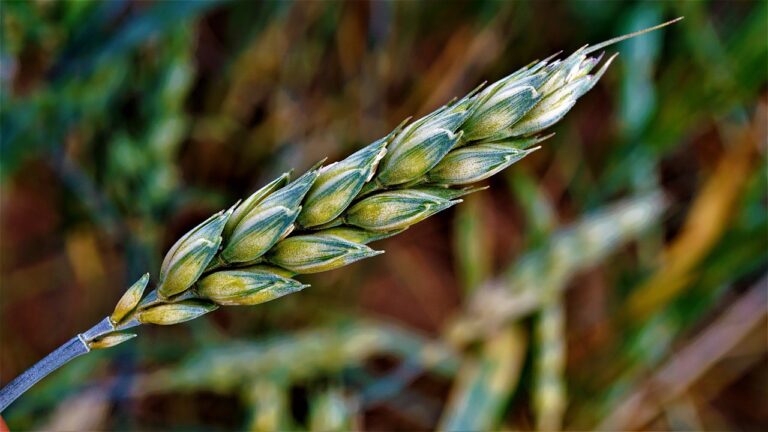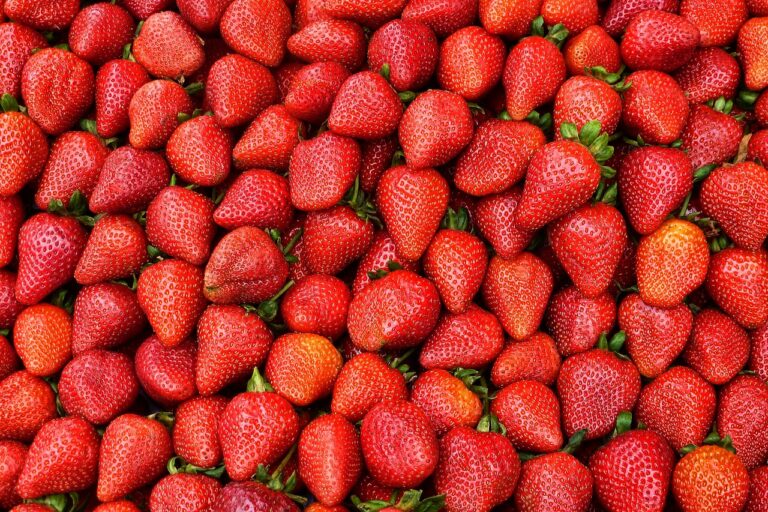The Circular Economy of Food: Innovations in Food Recovery and Redistribution
The concept of a circular economy aims to minimize waste and maximize the value of resources by keeping products and materials in use for as long as possible. It is an alternative to the traditional linear economy model, which follows a “take-make-dispose” pattern. In a circular economy, resources are reused, repaired, remanufactured, and recycled to create a closed-loop system that reduces environmental impact and promotes sustainable practices.
By shifting towards a circular economy, businesses and industries can not only drive innovation but also reduce their reliance on finite resources. This transition involves rethinking design processes, implementing efficient resource management strategies, and fostering collaboration among stakeholders across various sectors. Embracing the principles of a circular economy can lead to economic resilience, environmental benefits, and social progress, paving the way for a more sustainable future.
Challenges in Food Waste Management
Food waste management poses a significant challenge in today’s society. One of the primary obstacles is the lack of awareness and understanding among consumers regarding the extent of food waste and its environmental impact. In many cases, individuals may not realize the consequences of throwing away perfectly edible food, contributing to the growing problem of food loss and wastage globally.
Moreover, issues such as inadequate infrastructure and logistics also hinder effective food waste management. Without proper systems in place for collection, sorting, and disposal of food waste, large quantities end up in landfills, further exacerbating environmental issues such as methane emissions and soil contamination. Addressing these logistical challenges is crucial in developing sustainable solutions for managing food waste efficiently.
Innovative Technologies for Food Recovery
As the global food waste issue continues to escalate, innovative technologies are playing a crucial role in food recovery efforts. One such technology is high-pressure processing, a method that uses high pressure to extend the shelf life of food products without compromising their nutritional value. This process has been particularly effective in reducing food waste in the perishable food industry, allowing for the preservation of foods such as meats, fruits, and vegetables for longer periods of time.
Another promising technology in the realm of food recovery is the use of drones for crop monitoring and harvesting. Drones equipped with advanced imaging technology can help farmers identify areas of potential food loss in their fields and take prompt action to salvage the produce. Additionally, drones can assist in the efficient harvesting of crops by reaching inaccessible or challenging terrain, thereby reducing the likelihood of food waste occurring during the harvesting process.
High-pressure processing extends shelf life of food products
Preserves nutritional value of perishable foods like meats, fruits, and vegetables
Effective in reducing food waste in the perishable food industry
Drones equipped with advanced imaging technology for crop monitoring and harvesting
Helps farmers identify areas of potential food loss in fields
Assists in efficient harvesting by reaching inaccessible or challenging terrain
What is the circular economy?
The circular economy is an economic system aimed at eliminating waste and the continual use of resources. It is designed to keep products, components, and materials at their highest utility and value at all times.
What are some challenges in food waste management?
Some challenges in food waste management include lack of proper infrastructure for collection and processing, inefficient distribution systems, consumer behavior, and regulations governing food waste disposal.
Can you provide examples of innovative technologies for food recovery?
Some innovative technologies for food recovery include anaerobic digestion, which converts food waste into biogas for energy production, and food surplus redistribution platforms that connect surplus food with organizations in need.
How can businesses and individuals contribute to reducing food waste?
Businesses and individuals can contribute to reducing food waste by implementing better inventory management practices, donating surplus food to food banks or shelters, and supporting initiatives that promote food recovery and redistribution.
What are the environmental benefits of food recovery technologies?
Food recovery technologies help reduce greenhouse gas emissions from decomposing food waste in landfills, conserve natural resources used in food production, and contribute to a more sustainable food system overall.







